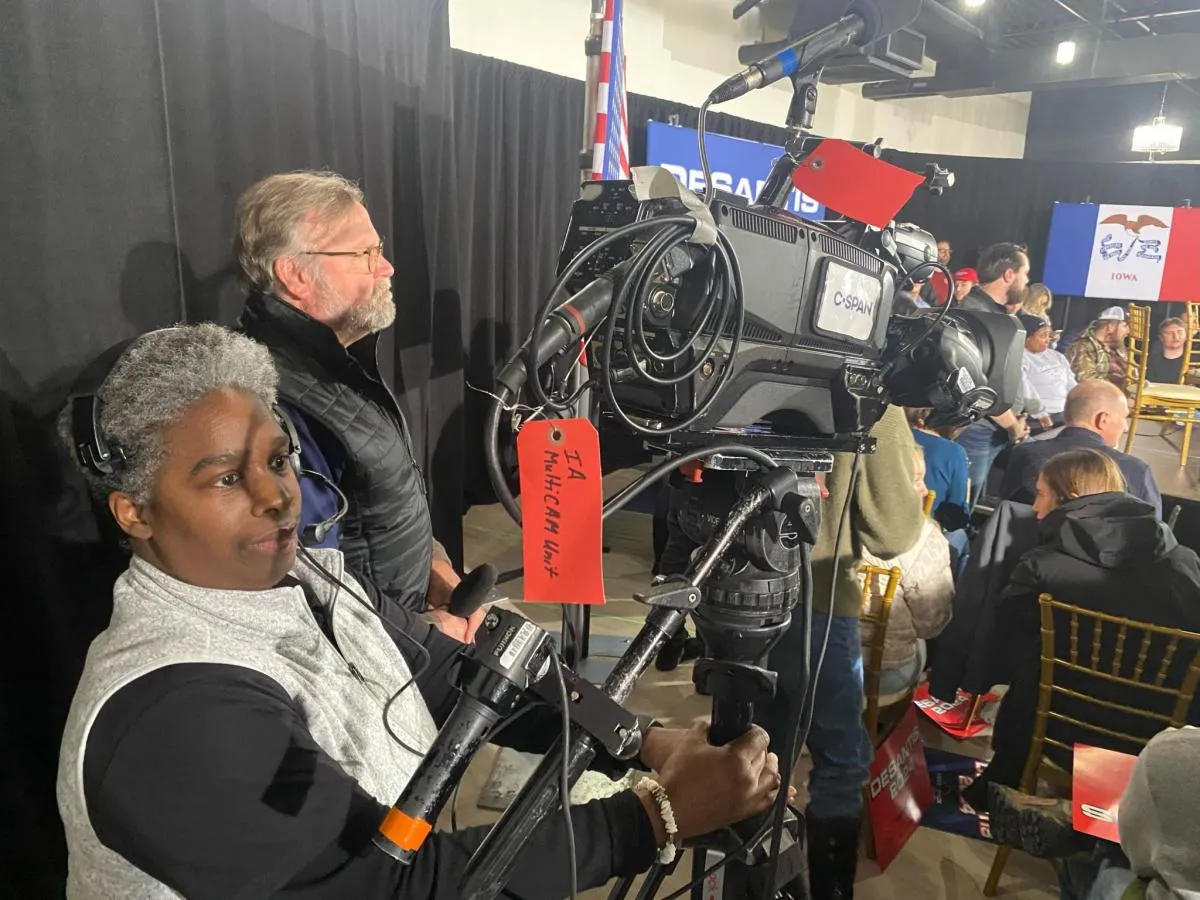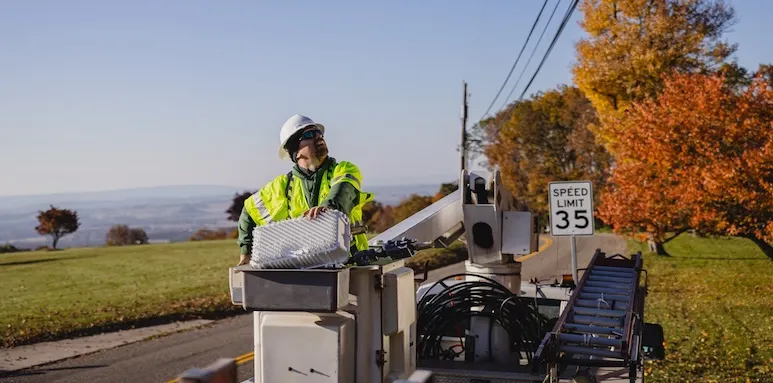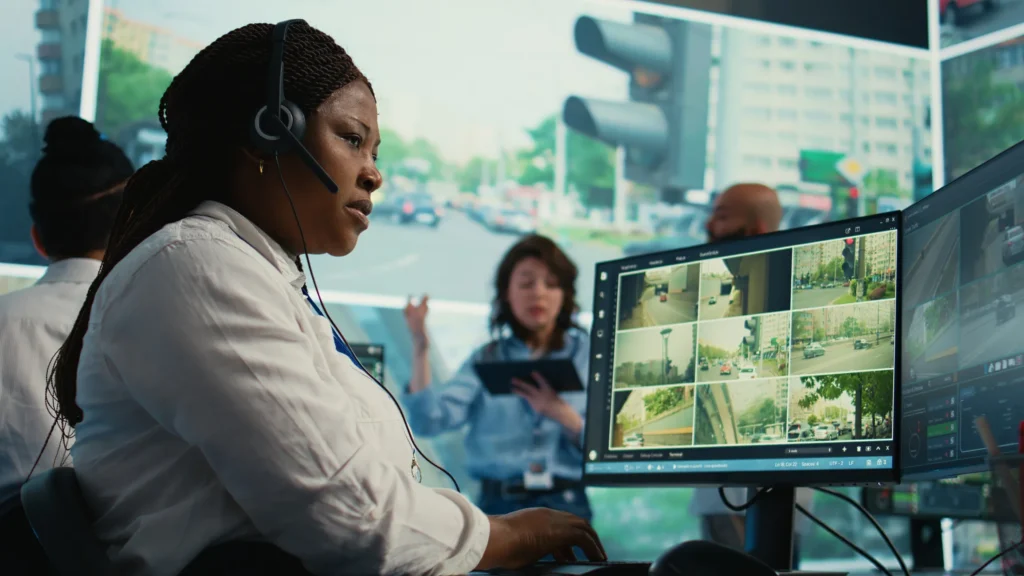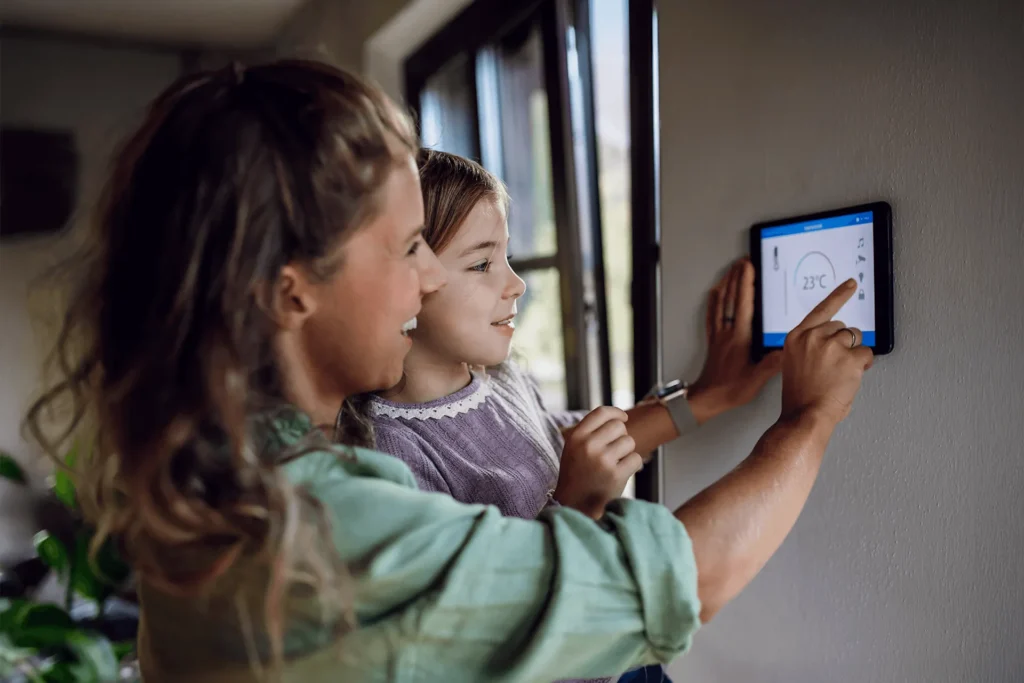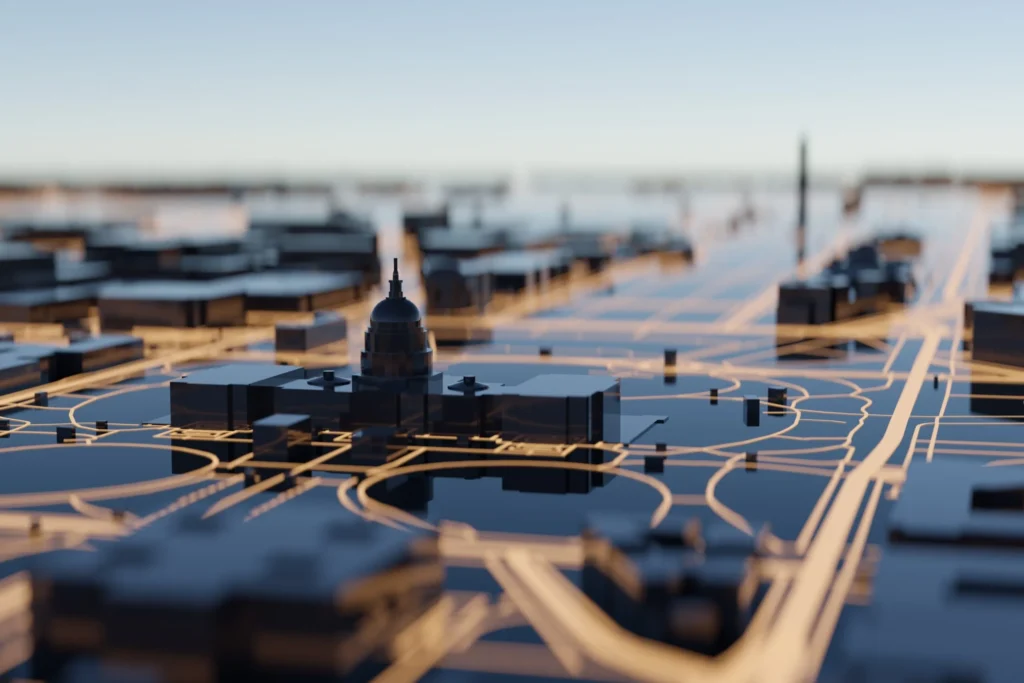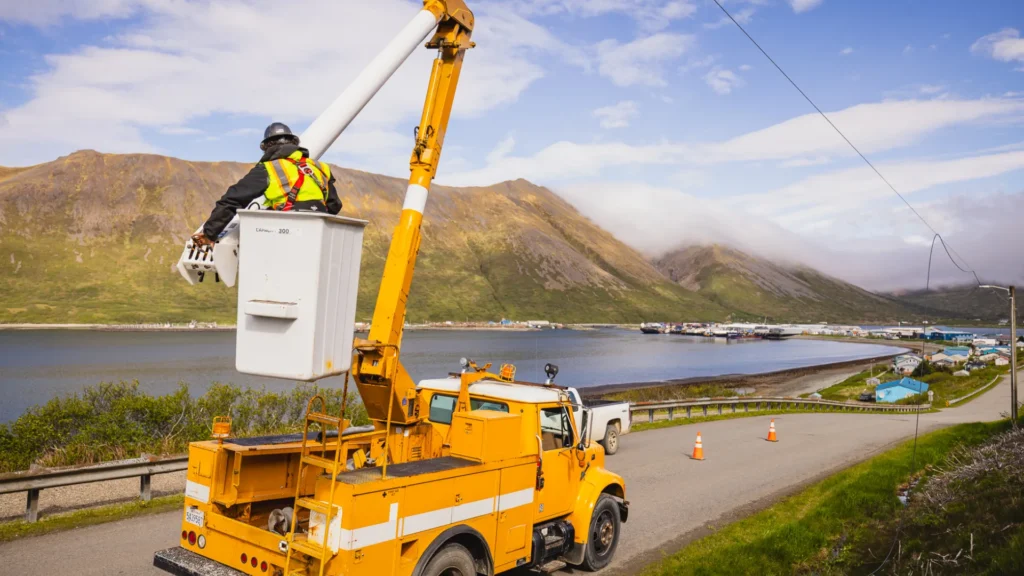NOTE: NCTA talked to C-SPAN at the end of January, before President Biden visited South Carolina the weekend of January 27th, and before the Nevada and South Carolina nominating contests.
As the 2024 election gets underway with primaries, nominating conventions, and the general election in the fall, NCTA spoke in late January with C-SPAN Political Editor Nate Hurst to learn how the network is covering this year’s elections, coast to coast. C-SPAN is a public affairs news network created by the cable industry, that covers the federal government’s day-to-day proceedings as a public service in order to bring democracy into every U.S. home.
NCTA: Do you and other C-SPAN staffers spend most of the election in DC or on the trail?
Nate Hurst: I’ve been spending most of my time in DC. Dozens of C-SPANers have been out in Iowa and New Hampshire over the last couple of weeks. By all accounts, I think this was one of the most challenging years for us because the weather was so nasty in Iowa. We had people who were literally driving through blinding snowstorms multiple days to get places. We had a couple of days where the temperature during the day didn’t get above zero Fahrenheit. It was a challenging and long couple of weeks, but our folks did it.
Most of our crews coming back to DC from Iowa also got stuck. It was one of those times when the staff’s flexibility was so, so appreciated. I don’t think anyone noticed on air. We still had live events every day through the weekends, and we were doing live shows in primetime.
NCTA: What does the rest of this winter and early spring look like for C-SPAN?
HURST: We are now turning our sights to South Carolina. The President is heading there this weekend [Jan 27] for a big celebration since South Carolina is the official new first primary for the Democrats.
Nevada is next, and after that we’re on to Michigan, and then Super Tuesday is right around the corner [March 5].
NCTA: What goes into prepping for Super Tuesday?
HURST: Sometimes it’s literally up until the day-of that we’re making plans, because candidates change plans at the last minute. We have to balance how many folks we send out to do campaign coverage, but also fulfill our mission of covering the House, Senate, White House and the judicial branch. It’s a delicate balance because there’s also appropriations bills going on, and there’s been coverage of a continuing resolution recently, and people turn to us for that.
Super Tuesday is even more pressure with so many states. Candidates, especially when you have both parties in play, will go to states where they have the best chance. Frequently, those won’t be the same states. Then I will have to decide if I’m sending someone to Arizona, am I sending someone to California, am I sending someone to Illinois? We turn to freelancers sometimes when candidates show up in places you don’t necessarily expect them.
NCTA: What does the rest of the year look like after Super Tuesday? And once each party gets their presumptive nominee, what happens?
HURST: After there are presumptive nominees, then you’re looking toward the convention. Then it’s really a general election battle between two, although it sounds like this year we’re going to have three people, including a very active, well-funded, independent candidate.
But I’m excited for after Super Tuesday because that’s when C-SPAN gets to do what I think we do better than anyone else: covering the House, Senate, and governors’ races.
NCTA: Are there any new strategies or technology this year that C-SPAN is employing?
HURST: Teams in Iowa and New Hampshire have been capturing video with nimble mobile setups using a mobile phone on a gimbal with some Bluetooth mics. It’s allowed us to do so much more unique programming. In the past we would have thought, who’s going to be the camera guy? Who’s going to be the audio tech? Who are we going to crew with them? Now we can just send them out with a producer, a phone and a little Bluetooth mic and we’re good to go.
We’ve also been doing our “Voices from the Road” effort by soliciting as many voices as possible on what issues are motivating them in the election year. I would invite any person running for office to listen to them, because there’s some thoughtful commentary from folks out there.
Everything moves fast, but we’ve moved in such an amazing direction for being able to get such a variety of content. It’s wild.
NCTA: How does C-SPAN’s founding mission shape how you do your job?
HURST: We take our live gavel-to-gavel approach for the House and the Senate and apply that as much as we can to the campaign trail. I think that our mission actually serves an even greater purpose when covering politics. Because so much of political news is chopped up soundbites, some can often lack context, particularly with social media.
We also always make sure that we have an entire event, literally from when the candidate enters the room until they get in the car. If we can get our camera out there to follow them to the car, we will show that just so that everyone knows what the event is like, what it’s like in the room.

